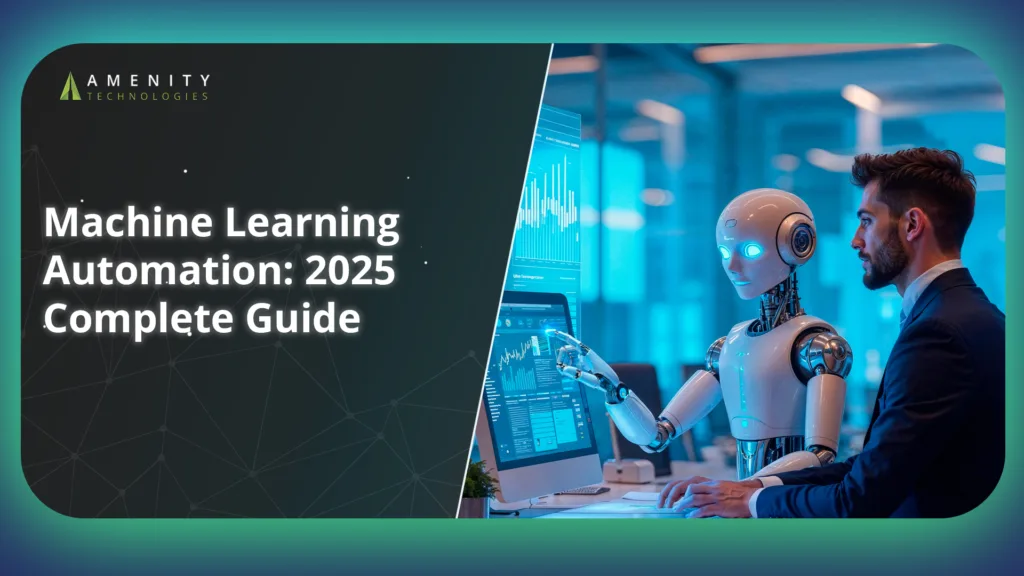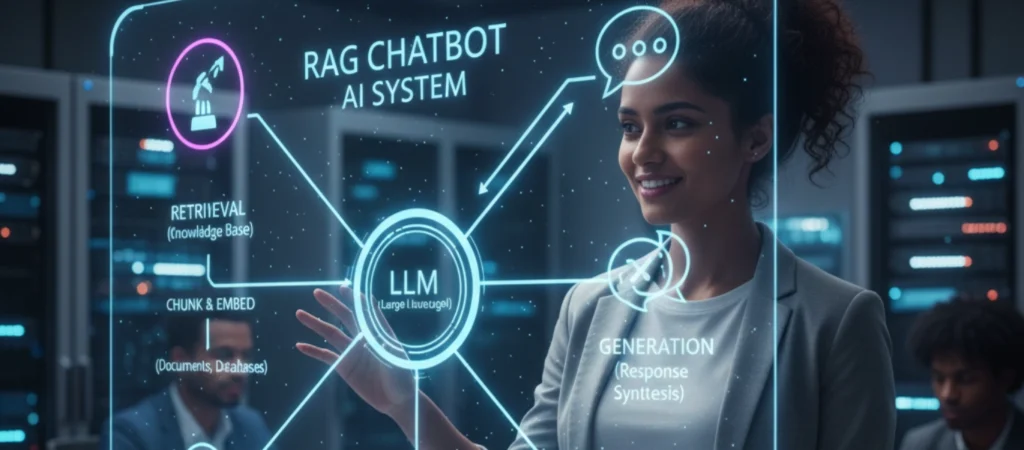Image classification labels an image based on its visual content. It powers tasks like object recognition, feature extraction, and automated tagging in computer vision.
Think about your phone categorizing photos—what if it could spot hundreds of objects automatically? That’s thanks to deep models like convolutional neural networks (CNNs) and vision transformers, which train on massive datasets like CIFAR‑10 (60,000 images) and the ImageNet dataset (over 14 million manually annotated images).
Today’s image classification relies on data quality, model type, and training dataset size. Have you wondered how those tags appear so accurately at scale? From detecting skin lesions with high precision to organizing e‑commerce inventories, robust data annotation and smart tuning keep these systems sharp and reliable.
What is Image Classification?
Image classification assigns a label to an image based on the visual content present. It’s widely used in systems that need to identify patterns, objects, or categories within static images. This task is a core part of computer vision and is commonly used in surveillance, medical imaging, and industrial automation.
Before deep learning, engineers used handcrafted features like SIFT and HOG with traditional classifiers. That changed after 2012 when convolutional neural networks (CNNs) significantly outperformed older methods in the ImageNet competition. AlexNet cut the top‑5 error rate from 26% to 15%, setting the standard for modern visual classification tasks.
Today, vision transformers compete with CNNs, offering higher accuracy in large-scale tasks. Public datasets like CIFAR‑10 and the ImageNet dataset play a key role in training and benchmarking models. These resources help improve generalization by exposing models to millions of labeled examples across thousands of object types.
Types of Image Classification
Image classification problems can be grouped by how labels are assigned. Each type serves different use cases depending on the structure of the data and the task requirements.
Binary Image Classification
Binary classification assigns one of two possible labels to each image. It involves sorting images into one of two categories. This task is common when the goal is to detect the presence or absence of a specific object or condition. For example, identifying if an image contains a tumor or not. These models are simpler to train and evaluate.
Multi‑Class Image Classification
Multi class image classification problems involve three or more categories, but only one label is assigned per image. This method is commonly used to classify animals, traffic signs, or products. Each class is exclusive, so the model chooses the single best match.
Training a multi-class classifier involves more intricate labeling and often requires balancing the data to prevent bias toward any single class. Models learn to distinguish subtle differences between classes, like differentiating a cat from a dog or a sedan from a truck.
Multi‑Label Image Classification
In multi‑label classification, an image can belong to more than one class. For example, a photo might contain a beach, person, and sunset, all labeled independently. These models use sigmoid activation to handle overlapping labels. Multi‑label systems are useful in complex environments like content moderation or autonomous driving scenarios.
How Image Classification Works?
Understanding how image classification works helps explain why certain models perform better than others. The process has evolved from manual feature engineering to automated learning with deep networks.
1. Traditional vs. Deep Learning
Earlier systems relied on algorithms like SIFT and HOG, which extracted edges, corners, or textures manually. These methods struggled with complex visual variations. Today, convolutional neural networks (CNNs) and vision transformers learn features directly from the image data, reducing the need for manual input and improving accuracy across tasks.
2. Popular Architectures
Models like LeNet, AlexNet, ResNet, and vision transformers each offer tradeoffs. LeNet is used for digit recognition and is lightweight. ResNet handles deeper layers effectively by using skip connections. Vision transformers process entire images at once using attention mechanisms and are outperforming CNNs on large-scale benchmarks like the ImageNet dataset.
3. Training Pipeline
The process begins with collecting a training dataset, followed by data annotation, preprocessing, and splitting into train/test sets. During model training, performance is tracked using metrics such as accuracy, precision, recall, and F1‑score. Evaluation helps fine‑tune models before they are deployed into production systems for object recognition or classification tasks.
Real-World Examples of Multi Class Image Classification
Multi class image classification is widely applied across industries where fast and consistent object detection matters. These systems power practical tools used daily, often with high accuracy and minimal latency.
In healthcare, classification models help detect diseases from diagnostic scans. Stanford Researchers have developed an algorithm that could diagnose upto 14 types of medical conditions. Besides, it is able to detect pneumonia better than an expert radiologist working alone. The paper about the algorithm is called CheXnet and it works on a public dataset containing 112,210 frontal-view chest X-ray images labeled with up to 14 possible pathologies.
Autonomous vehicles rely on image models to recognize road signs, pedestrians, and obstacles. These models can classify hundreds of visual cues per frame to ensure safety.
E‑commerce platforms use classification to tag product categories from user-uploaded images, improving search accuracy and user experience. Agricultural tools also benefit, using drone imagery to classify crop health or pest infestations.
Across these use cases, models are trained on large training datasets and refined with transfer learning to improve results with fewer samples. As accuracy improves, these models are becoming reliable enough for mission-critical systems.
Challenges and Latest Trends
Even with advances in image classification, some problems limit performance and generalizability. One of the biggest challenges is data imbalance. When some classes have far fewer samples than others, models tend to overfit to dominant categories. Techniques like data augmentation and weighted loss functions help reduce this bias.
Label noise is another issue. Inconsistent or incorrect labels during data annotation can lower model accuracy. Manual review or label cleaning tools improve data quality before training.
Domain shift also impacts performance. A model trained on one dataset may perform poorly when tested on images from a different setting. Fine-tuning and transfer learning help adjust models to new inputs.
Current trends include contrastive learning, which learns from similarities and differences rather than labels, and few-shot learning, which performs classification with very few examples. Vision transformers are also seeing increased adoption for their ability to model global relationships in images with better performance on large datasets like ImageNet.
How Amenity Technologies Can Help?
Amenity Technologies builds and scales image classification systems across industries. Our team supports every stage, from data annotation to deployment, using proven tools and custom workflows.
We work with deep learning models like convolutional neural networks (CNNs) and vision transformers to solve both multi class image classification and multi-label tasks. Whether it’s classifying defects in manufacturing, analyzing medical scans, or tagging product images, we build solutions optimized for accuracy and speed.
Using transfer learning, we fine-tune models on your domain-specific data without needing millions of samples. This shortens training cycles while improving real-world model accuracy.
Our platform handles large-scale training datasets with automated labeling, quality checks, and retraining pipelines. You get full visibility into metrics like precision, recall, and drift monitoring, making it easier to manage models in production.
With Amenity, teams get access to scalable infrastructure, proven frameworks, and dedicated support for high-performance visual systems.
Conclusion
Image classification drives automation in many industries, from healthcare to retail and autonomous systems. Achieving high model accuracy depends on quality data, effective architectures like convolutional neural networks and vision transformers, and solid training processes.
Choosing the right partner makes a difference in scaling solutions and maintaining performance over time. Amenity Technologies offers expertise, infrastructure, and tools needed to deliver reliable classification models tailored to your needs.
FAQs
1. What’s the difference between multi‑class and multi‑label?
Multi class image classification assigns one label per image, while multi-label allows several labels simultaneously for complex scenes.
2. Which architecture should I start with?
Pre-trained convolutional neural networks like ResNet or MobileNet provide reliable, fast results and reduce training time.
3. Can image classification models run on mobile?
Yes. Lightweight models such as MobileNet or EfficientNet are optimized to run efficiently on edge devices.
4. How much data do I need?
Thousands of labeled images per class are ideal, but transfer learning can reduce this requirement significantly.
5. What if my labels are noisy or incorrect?
Noise-robust training techniques combined with manual validation improve dataset quality and maintain model accuracy.
6. How do I monitor model accuracy in production?
Use continuous evaluation, data drift detection, and scheduled retraining to keep models performing well over time.












